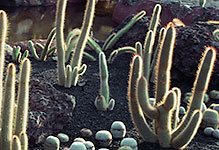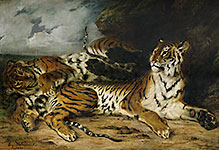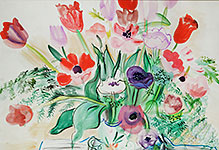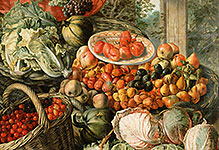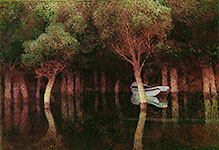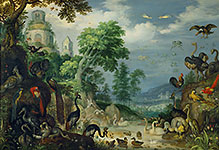
Nature
Plants and flowers. More - trees, fruits, animals etc. - to be added soon!

#030503 9
Black-figured "Siana" cup, Greek, 575-550 BCE. Both sides of this cup show activ...

#03050311
Red-figured rhyton (driking horn), signed by the potter Sotades, 470-460 BCE, fr...

#03050314
Perfume bottle (aryballos) with lion-head made in Corinth, Greece; Protocorinthi...

#03050317
Terracotta chariot group from tomb 93, Enkomi, Cyprus, Mycenean, ca, 1300 BCE. A...

#03050322
Bowl with basket-like handles and female heads on the rim, Greek, ca.600 BCE. Th...

#03050327
Pottery bowl decorated with a procession of riders in chariots, Mycenean, 1400-1...

#03050328
Vase decorated with bulls and birds, Mycenean, from tomb 83, Enkomi,Cyprus, 1300...

#03050330
Bowl with a Gorgon's head surrounded by prowling animals, from Kamiros, Rhodes,...

#03050339
Pottery askos (perfume flask) in the form of a lion,340-300 BCE. Probably made i...

#03050351
Roman wall painting from the House of Jason, Pompeii: The Rape of Europe.

#03050354
Clay ground 'Hadra' hydria (water-jar), Greek, probably from Egypt, c200 BC. Thi...

#03050362
Capital carved from alabastre from Volterra. H: 40 cm
